Camping & Survival
Wilderness Survival: Take Care of Your Feet
The most overlooked outdoor survival strategy is right under your nose—well, five or six feet under your nose.
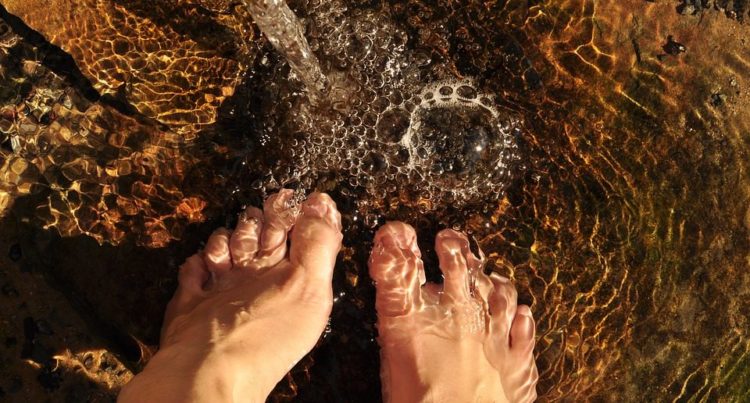
Your backcountry comfort – not to mention survival – starts from the ground up. | Image courtesy of MaxPixel.com
Ask any infantryman, and they’ll tell you that taking good care of your feet is one of the best things you can do to stay off the injured list. If you’re planning on doing some real hiking out in the backcountry, especially if you plan to be out for multiple days, now is the time to make sure you don’t wind up on the side of a mountain with two “flat tires”—feet that just can’t move you any further. Here’s how to keep that from happening.
Before the Hike
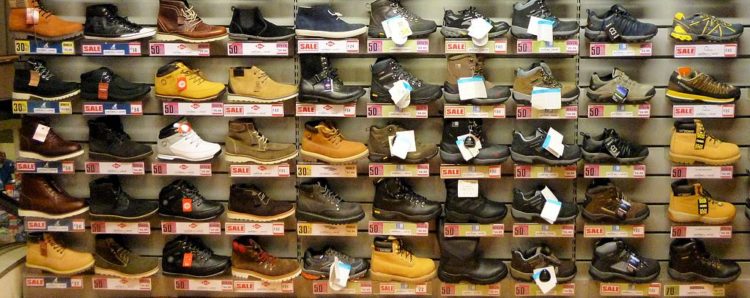
It can often be daunting to buy a new pair of boots, but this is a decision that can make or break your trip. Get out there and try the boots on. | Image courtesy of Armchair
First, you need to get those boots squared away. Your footwear is absolutely critical, because “a few blisters” can absolutely develop into a real emergency in the backwoods. Not only can they make it exquisitely painful to walk, they open an avenue for infection to set in. If you have any circulation problems, that’s doubly dangerous. So what you want to do is make sure that your boots not only fit you properly, but they’re completely broken in.
This is a time when you’re better off shopping in person at a brick-and-mortar store, so you can compare boot fit in real time. Secondly, you should hit that store at the end of the day, preferably after you’ve been on your feet for a while. (This will help replicate the swollen feet everyone gets after using them for any significant time.) You should wear socks as similar as possible to the ones you’ll be wearing in the backcountry.
Third, you’ll want to break those bad boys in. This goes way beyond wearing them around the house for a few hours. Fill a pack up with about the amount of weight it’ll have when you get out there for real, put it on, and then walk. Outside, on varying terrain, if at all possible. When you get back home, check your feet. Are there any “hot spots” where blisters might be gearing up to make an unwelcome appearance, like my ex-girlfriend at a family picnic? If so, you may want to either try using a boot stretcher to give yourself a little more wiggle room, or you may choose to apply moleskin to those spots before you start hiking.
In the Backcountry
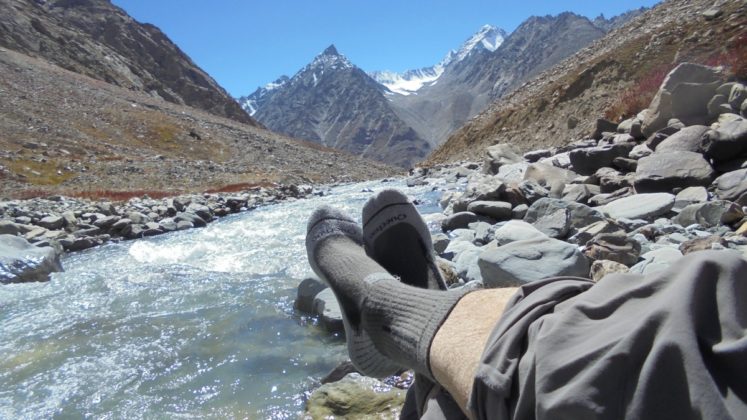
Clean and bandage your feet as soon as possible, and give your feet a thorough rest at the end of a long day.
Once you’re out in the backcountry, make a habit of giving your feet a good once-over every time you remove your boots. (If you’re like me, your friends will scatter like pigeons when they see the shoes coming off, so you’ll have plenty of privacy.) Clean, disinfect, and bandage any blisters, but don’t try lancing them if you can avoid it. Antibiotic ointment—particularly the type that has a little Lidocaine in it—is your friend. Change your socks regularly for clean, dry ones. In fact, if you’re going to make room in your pack for anything “extra,” let that extra be fresh socks…more than you think you’ll need.
Remember, take care of your feet—and they’ll take care of you!
-
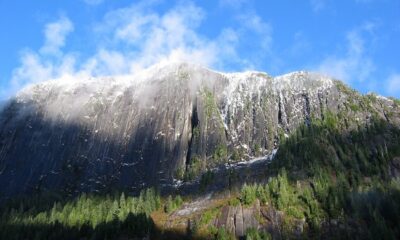
 Adventure1 month ago
Adventure1 month agoDoes the “Big Beautiful Bill” Have a Public-Lands Wart?
-
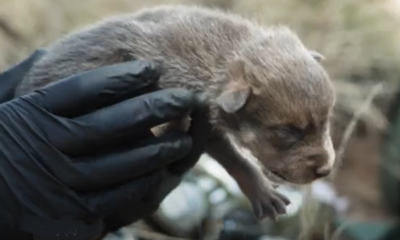
 Adventure2 months ago
Adventure2 months agoHowling in Cuckoo: How Mexican Wolves are Fostered
-

 Adventure2 weeks ago
Adventure2 weeks agoREACTION: Trump’s Make America Beautiful Again Agenda
-

 Gear3 weeks ago
Gear3 weeks agoLet Freedom RING! Primary Arms’ Independence Day Category Sale Starts NOW
-

 Adventure4 weeks ago
Adventure4 weeks agoU.S. Bighorn Sheep Going Home to Canada
-
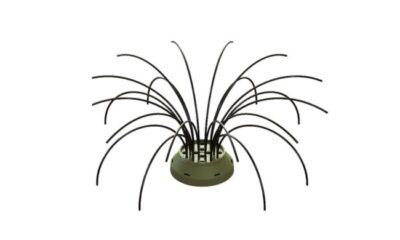
 Fishing1 day ago
Fishing1 day agoMy Wacky Bush Brings All the Bass to the Yard
-

 Adventure1 month ago
Adventure1 month agoYour Dream Hunt Could Be a Movie & Leupold Can Help
